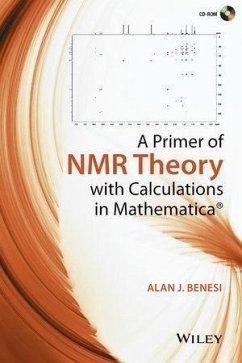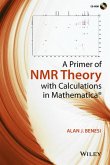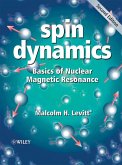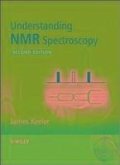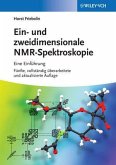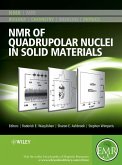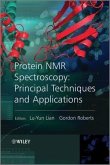Presents the theory of NMR enhanced with Mathematica© notebooks
- Provides short, focused chapters with brief explanations of well-defined topics with an emphasis on a mathematical description
- Presents essential results from quantum mechanics concisely and for easy use in predicting and simulating the results of NMR experiments
- Includes Mathematica notebooks that implement the theory in the form of text, graphics, sound, and calculations
- Based on class tested methods developed by the author over his 25 year teaching career. These notebooks show exactly how the theory works and provide useful calculation templates for NMR researchers
Dieser Download kann aus rechtlichen Gründen nur mit Rechnungsadresse in D ausgeliefert werden.

